Gonghwachun (공화춘)
0m 0 2024-01-04
43 Chinatown-ro, Jung-gu, Incheon
Gonghwachun, one of the Chinese restaurants in Chinatown, opened in 1905 and is famous as the birthplace of jjajangmyeon. The original Gonghwachun building is currently used as Jjajangmyeon Museum, and the current Gonghwachun main branch operates in a building that was founded in 2004. Among the various menus, Gonghwachun Jjajangmyeon is a must-try. This signature menu serves the noodles and the black bean sauce separately. The sauce contains a various ingredients cut in large bite-sized pieces, making it even more delicious. It also offers various course menu options, including lunch, couple, and family courses.
Simnihyang (십리향)
78.74515880926735m 5294 2024-02-16
50-2 Chinatown-ro, Jung-gu, Incheon
Simnihyang is a Chinese restaurant in Incheon Chinatown, renowned for its specialty in hwadeok mandu (oven-baked mandu). The restaurant's name suggests that the aroma of its mandu spreads up to 10 Ri (approximately 4 km, pronounced 'simni' in Korean) away. Its signature dish, hwadeok mandu, consists of mandus filled with pork, vegetables, and seasoning, baked in an oven at temperatures above 350 degrees. This preparation ensures the mandu is crispy on the outside and juicy on the inside. Additionally, the restaurant offers various other fillings, including sweet potatoes, pumpkin, and red beans.
Daechang Banjeom (대창반점)
122.92910543578478m 20978 2024-02-16
55-1 Chinatown-ro, Jung-gu, Incheon
Daechang Banjeom is a Korean Chinese restaurant nestled in Chinatown, Incheon. The restaurant has built a dedicated base of regulars among both locals and tourists since it opened in the 1980s. It is famed for its samseonjjamppong (three-delicacy spicy seafood noodle soup), which headlines its menu. Other crowd favorites include jjajangmyeon (black bean sauce noodles) and gunmandu (pan-fried Mandu). Notably, it's located near tourist attractions such as the Jajangmyeon Museum and Incheon Modern Museum.
Jjajangmyeon Museum (짜장면박물관)
142.5292957292108m 10914 2024-01-04
56-14, Chinatown-ro, Jung-gu, Incheon
+82-32-773-9812
Jjajangmyeon Museum is built in the former building of Gonghwachun, the official birthplace of jjajangmyeon, a food people of all ages love. Gonghwachun operated in this old-fashioned brick building until 1983, and the building was renovated as Jjajangmyeon Museum. It is the first jjajangmyeon-themed museum in Korea and consists of six permanent exhibition rooms and one special exhibition room. Visitors can see the birth and transformation of jjajangmyeon at a glance and the different types and recipes of jjajangmyeon. The special exhibition room presents exhibitions on a variety of topics every year. The reproduction of Gonghwachun’s original reception room and kitchen as well as the exhibition of how the metal delivery box changed over the years are also interesting.
Cheongil Jogyeji Stairway (청일조계지 경계 계단)
159.573501238115m 0 2024-01-09
Seollin-dong, Jung-gu, Incheon
The border stairs of the Sino-Japanese Concession (an exclusive residential area set up for foreigners to live freely in ports opened for foreign trade) are located on a steep hill southwest of Jayu Park. It is a meaningful attraction with a history of about 120 years. The concession areas are divided into the Qing Dynasty concession on the left and the Japanese concession on the right with the stone stairs in the center. The buildings on the left and right clearly show each country's architectural styles and characteristics of the past.
Hanjungwon (한중원)
174.65547574297818m 0 2024-01-04
12 Chinatown-ro 59beon-gil, Jung-gu, Incheon
Hanjungwon is a Chinese-style garden built to commemorate the establishment of diplomatic relations between Korea and China, making it a great place to rest after looking around Chinatown. It was created with the motif of the garden style of the Suzhou region in the mid and late Qing Dynasty. Plants native to China are planted, such as bamboo, roses, and peonies, giving it an exotic atmosphere. There are human figures wearing traditional Chinese costumes on both sides of the entrance, making it a famous photo zone.
Taehwawon (태화원)
178.155745945661m 54017 2024-02-26
10 Chinatown-ro 59beon-gil, Jung-gu, Incheon
Taehwawon, situated in Incheon Chinatown, is renowned for its Incheon hyangto jjajang (black bean sauce noodles with seafood). This dish is a special twist on the traditional ganjjajangmyeon (thick black bean sauce noodles), enhanced with seafood in the sauce. Additionally, the restaurant offers a diverse range of Korean-Chinese cuisine along with a dedicated menu for vegetarians, catering to a wide array of dietary preferences.
Incheon Chinatown (인천 차이나타운)
182.50956016268975m 127872 2023-11-08
20 Chinatown-ro 59beon-gil, Jung-gu, Incheon
+82-32-777-1330
Incheon's Chinatown came into being with the opening of Incheon Port in 1883 and Incheon's designation as an extraterritoriality of the Ching dynasty in the following year. In the past, the area held many stores trading goods imported from China, but currently most Chinese businesses in the area are restaurants. Today, the residents of Chinatown are mostly 2nd or 3rd generation Chinese, descendents of the early Chinese settlers. The area harbors many of the flavors of China, while the traditional culture of the first generation is preserved.
Cafe Cha Chinatown Branch (카페 차 차이나타운점)
184.47340830040716m 0 2024-01-04
20 Chinatown-ro 59beon-gil, Jung-gu, Incheon
This is the Chinatown branch of Cafe Cha, famous for its Dalgona Milk Tea in Seongsu-dong. In addition to the representative menu items, Dalgona Milk Tea and Dalgona Coffee, the café also offers signature blended teas with pretty names such as Dasichaeum (one more fill), Hyanggiroum (fragrant), Neogeureoum (merciful), and Singgeureoum (refreshing). It also has a variety of dessert menus, with the most popular dessert being Dalgona Butter Salt Bread. The café has a large parking lot, and customers can use it for 90 minutes free of charge.
Daebul Hotel Exhibition Hall (대불호텔전시관)
208.0783545005766m 0 2024-01-04
101 Sinpo-ro 23beon-gil, Jung-gu, Incheon
This museum is located on the site of Daebul Hotel, Korea's first Western-style hotel, established in 1889. The hotel was demolished in 1978, but parts of the hotel structure were discovered in 2011 and rebuilt to preserve the hotel's original appearance. The first floor is the Daebul Hotel Exhibition Hall, through which visitors can see traces of Daebul Hotel at the time. The second floor is the Jung-gu Life History Museum, where visitors can get a glimpse of life in Incheon's Jung-gu area in the 1960s and 1970s.
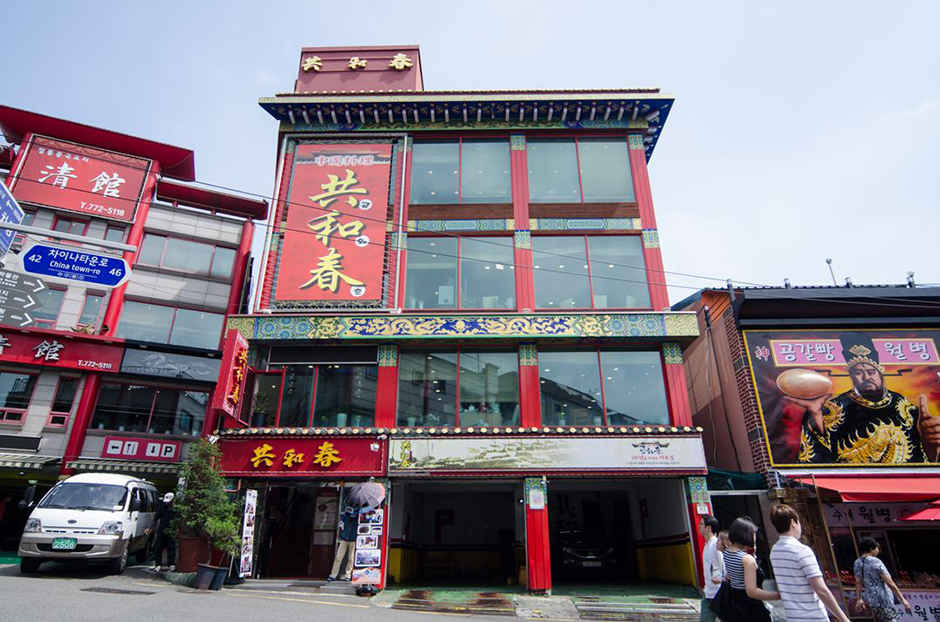
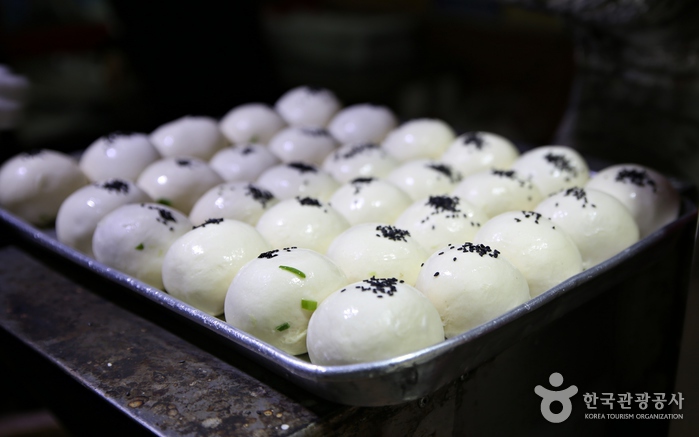
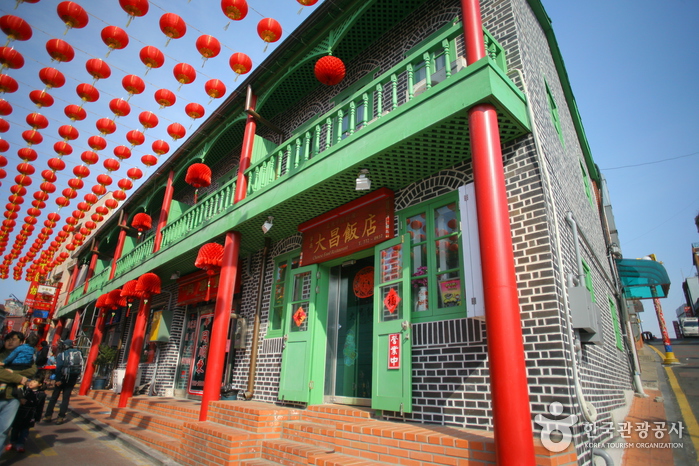
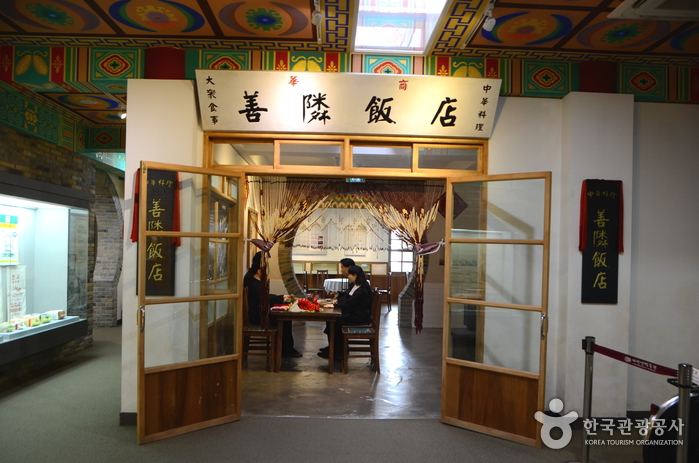
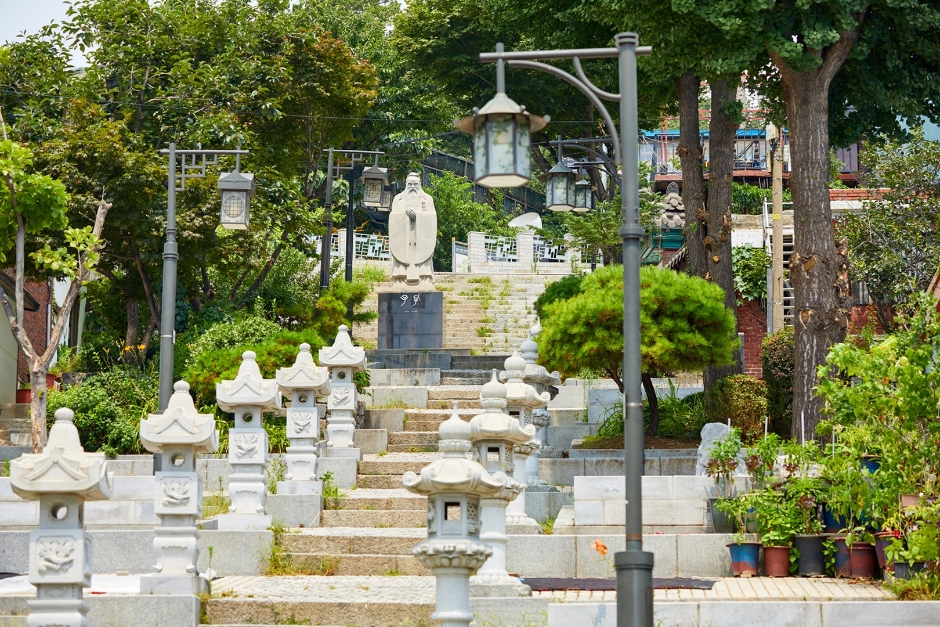
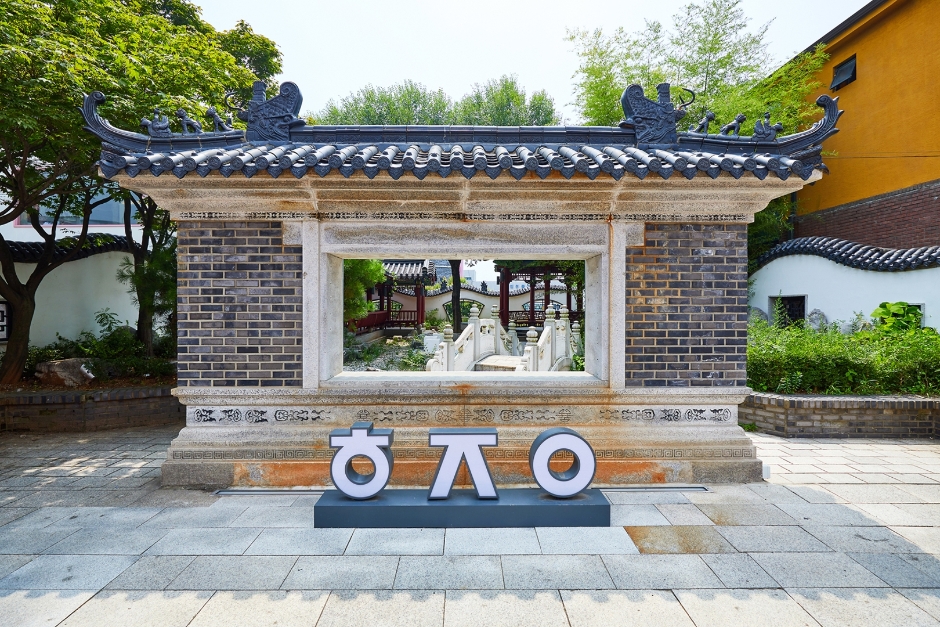

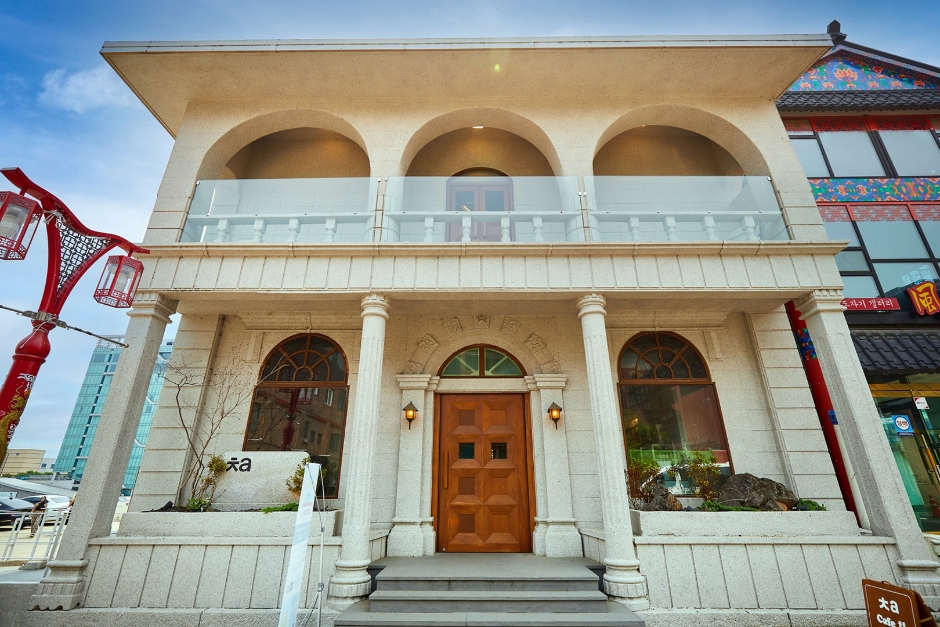
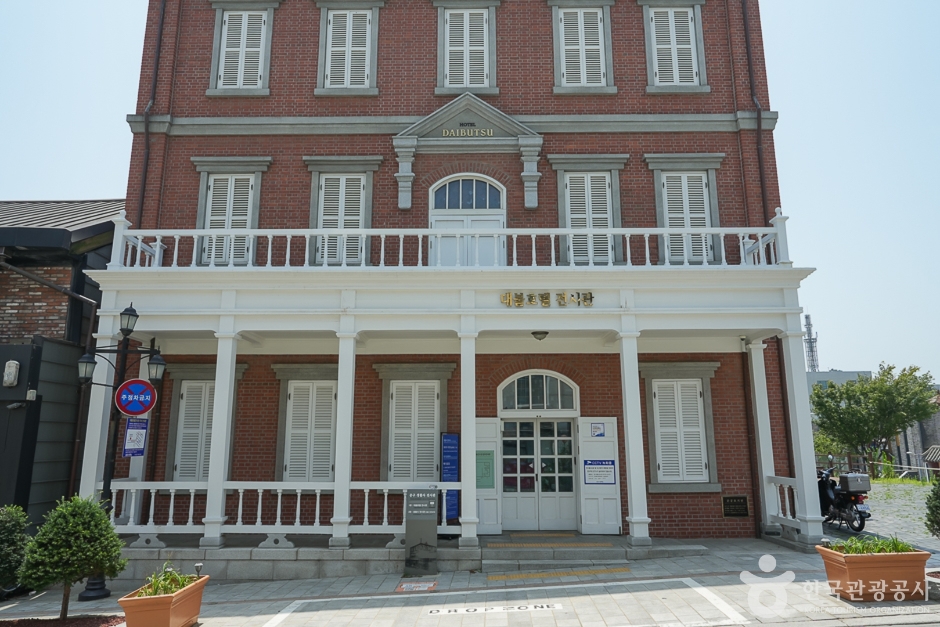
 English
English
 한국어
한국어 日本語
日本語 中文(简体)
中文(简体) Deutsch
Deutsch Français
Français Español
Español Русский
Русский